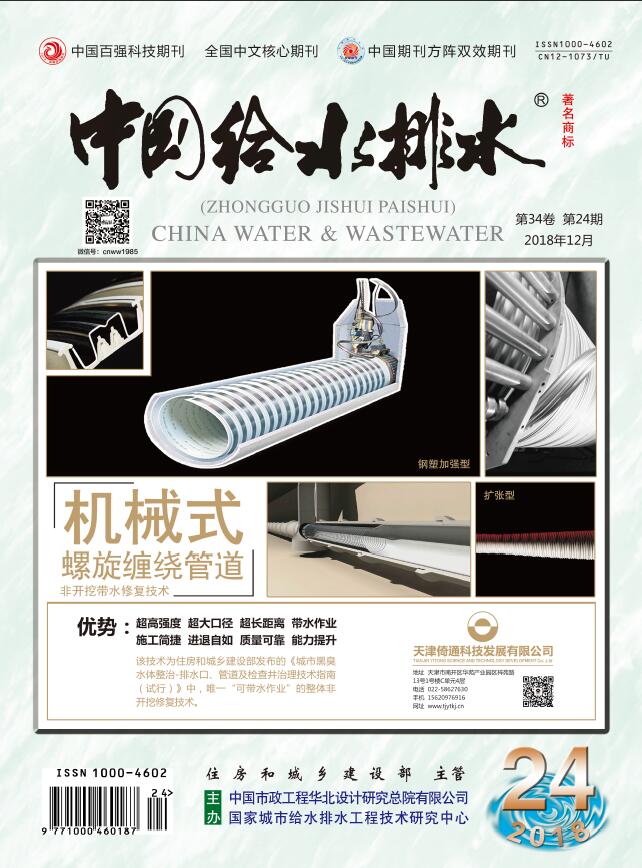CHENGMei-yue,WANGShao-po,SUNHao-fei,et al.Nitrogen and Phosphorus Removal Performance of Anammox-HAP Coupling Process under Medium and Low Temperature Conditions[J].China Water & Wastewater,2025,41(9):1-7.
Nitrogen and Phosphorus Removal Performance of Anammox-HAP Coupling Process under Medium and Low Temperature Conditions
China Water & Wastewater[ISSN:1000-4062/CN:12-1073/TU]
volume:
第41卷
Number:
第9期
Page:
1-7
Column:
Date of publication:
2025-05-01
- Keywords:
- anaerobic attached film expanded bed reactor; Anammox; HAP; simultaneous nitrogen and phosphorus removal; granular sludge; AnAOB
- Abstract:
- The performance of simultaneous nitrogen and phosphorus removal, the characteristics of granular sludge and the changes in the relative abundance of microorganisms in the anaerobic ammonium oxidation-hydroxyapatite (Anammox-HAP) coupling process at medium and low temperatures were investigated using an anaerobic attached film expanded bed (AAFEB) reactor. When the temperature decreased from 30 ℃ to 25 ℃, the total nitrogen(TN) removal efficiency was maintained within the range of 70% to 80%, the TN removal rate remained at (2.95±0.09)-(2.69±0.14) kg/(m3·d) ; while the phosphorus removal efficiency gradually decreased from 61.2% to 47.4%, indicating that 25 ℃ was not conducive to the phosphorus removal; in this stage, the total amount of EPS secreted by microorganisms was not much different, the sludge was mainly granular, and the average particle size of the granular sludge in the middle was the largest, about 650 μm. When the temperature dropped to 15 ℃, the effect of nitrogen and phosphorus removal deteriorated, the TN removal efficiency gradually decreased from 65% to 23%, the total nitrogen removal rate gradually decreased from (1.14±0.02) kg/(m3·d) to (0.23±0.06) kg/(m3·d); correspondingly, the removal rate of phosphorus gradually decreased from 48.4% to 15.9%; in this stage, the EPS production decreased, the granular sludge disintegrated, and the sludge particle size decreased. 16S rRNA gene sequencing showed that anaerobic ammonia oxidizing bacteria (AnAOB) was the main denitrifying bacteria in the system, and the relative abundance of unclassified_ Candidateus_Brocadaceae was always the highest. Compared with the upper sludge, the relative abundance of Candidatus_Kuenenia in the bottom sludge increased with decreasing temperature, and the bottom of the reactor was more conducive to the growth and reproduction of this bacteria.
Last Update:
2025-05-01

